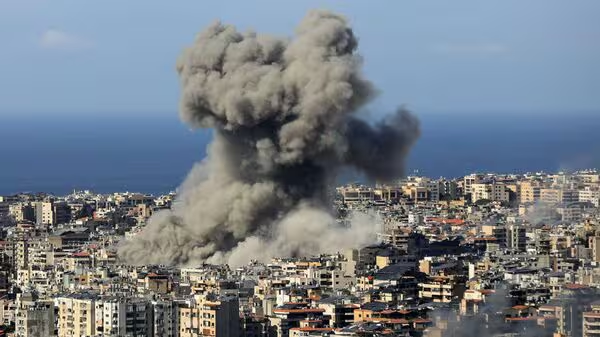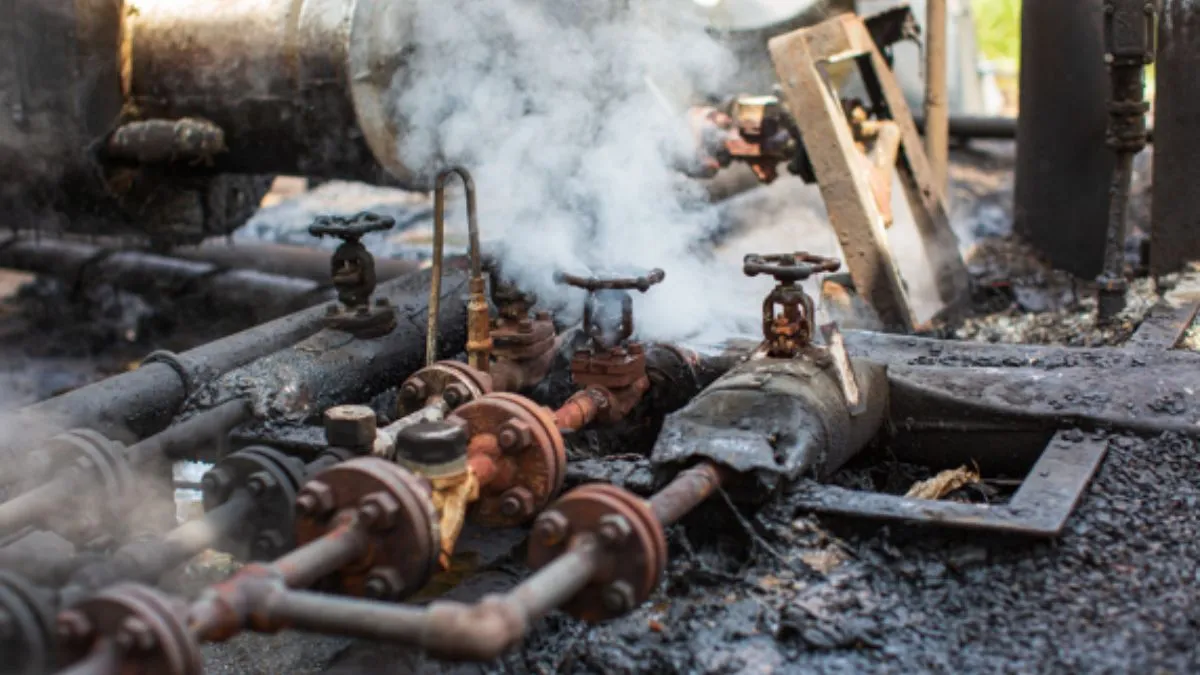Key Highlights:
On the night of November 21, 2024, at around 6:30 pm, a devastating explosion happened at the Myanmar Chemical Company, which is a fertilizer manufacturing company situated in the Shalgaon MIDC area of Kadegaon tehsil, Sangli district of Maharashtra. The severe impact resulted in the release of toxic gases, which affected workers present on the location.
Death Toll and Casualties
The bomb exploded killing two female workers and a private security guard on the spot; the latter died from the injuries while receiving treatment. The following are the identified victims :

- Suchita Uthale, 50 years old, from Yetgaon, Sangli district
- Neelam Rethrekar, 26 years old, from Masur, Satara district
Nine others were injured; seven were taken to Sahyadri Hospital in Karad for treatment. All five injuries admitted to the ICU are critical. The factory owner and his son were among the injured. The son remains in a state of coma and has been shifted to a Pune Hospital where advanced treatment is underway.
Event Cause
Preliminary investigations point that the explosion was from a reactor inside the facility. Toxic chemical fumes are reported to have released in the process. While the kind of gas remains under investigation, officials think that it might be ammonia, common in the production of fertilizers, but hazardous when mishandled.

Emergency Response
After the accident, emergency responders, including police and ambulance teams, swiftly arrived at the site. Many injured people were promptly taken to local hospitals for treatment. Local authorities have launched a detailed probe to establish the exact cause of the explosion and examine any breach of safety standards.
Industrial Safety Issue
This tragic event underscores the critical importance of stringent safety measures in industrial operations, particularly in sectors involving hazardous chemicals. The fertilizer industry, due to its use of volatile substances, necessitates rigorous adherence to safety standards to prevent such catastrophic incidents.
Historical Context of Industrial Accidents in Maharashtra
Maharashtra has witnessed several industrial accidents in recent years, raising concerns about workplace safety and regulatory compliance. Notable incidents include:
- Dombivli Chemical Factory Explosion (May 2024): In Dombivli, Thane district, a boiler exploding in a chemical factory killed ten people and left more than sixty injured. The impact was felt throughout adjacent factories as well as residential areas, causing mass destruction.
- Mahad Chemical Factory Fire 2023: Eleven people died after a fire at a chemical factory in Mahad MIDC of Raigad district; multiple explosions triggered the fire, and workers were trapped inside due to low preparedness for emergencies.
- Nagpur Explosives Factory Blast (December 2023): The explosions occurred in an explosives manufacturing unit in Nagpur. This led to nine deaths and three injuries, raising a question about the handling and storage of explosive materials.
Regulatory Framework and Enforcement
India’s industrial safety regulations are governed by the Factories Act, 1948, which mandates safety measures, health provisions, and welfare requirements for workers. Despite this comprehensive framework, enforcement challenges persist, often due to inadequate inspections, lack of compliance by industries, and limited resources for regulatory bodies.
Government Initiatives and Industry Responsibility
In response to recurring industrial accidents, the Maharashtra government has initiated measures to enhance workplace safety, including:
- More Inspections at Factories: Increasing inspections of factories to monitor compliance with safety standards.
- Training Programs: Training workers and management on occupational health and safety, along with emergency response procedures.
- Penalties against Defaulters: Toughening penalties for industries that are found violating the safety standards.
However, the success of these measures would depend on the commitment of industrial parties towards safety and active enforcement by regulatory authorities.
Occupational Health and Safety (OHS) Practices
OHS practices have to be robust enough to avoid industrial accidents. These components are:
- Risk Assessment: Analysis of potential hazards within the workplace on a regular basis.
- Safety Training: Extensive training for employees on how to use hazardous materials and procedures in case of an emergency.
- Maintenance Protocols: Ensure that equipment is properly maintained and inspected to prevent failure.
- Emergency Preparedness: Define the kind of response in an emergency situation and simulate drills to ensure preparedness. Impact on the Community and CSR
Industrial accidents impact not only the employees but also affect the outer societies in environmental pollution and, alternatively, affect people’s economic activities. Companies have the corporate social responsibility to ensure the safety of human life as well as that of the community. The involvement of neighborhood stakeholders and open reporting on their safety practices helps to create trust and instill a culture of safety.
Conclusion
The Myanmar Chemical Company explosion in Maharashtra is a tragic reminder of the critical importance of strict safety measures in the operation of industrial activities. It throws open the need for industries to observe such safety protocols more diligently and forces regulatory bodies to enforce compliance. Such incidents are best prevented through a collaborative effort by the stakeholders of industry, the authorities, and the community toward forging a safety culture and accountability.
For Latest News Updates Click Here
